Editor’s Note: This story contains language that some readers may find offensive.
CNN
—
I don’t remember what I said because I was too shocked to respond. But I remember where I stood when it happened.
I was 17, just months away from leaving home for college, when my father called me into his bedroom one afternoon. He was sitting up in bed with his shirt off, his belly spilling over the waist of his greasy dungarees. Pall Mall cigarette butts were mashed in a nightstand ashtray, and “The Price is Right” was playing on a black and white TV.
“Do you want to meet your mom?” he asked me.
His tone was matter of fact. But we both knew that his question was anything but casual.
I had grown up in Baltimore without ever knowing my mother. She vanished from my life not long after I was born. No one told me why she disappeared. I didn’t know what she looked like, or even if she was alive.
All I was told was this: Your mother’s name is Shirley. She’s White. And her family hates Black people.
I grew up in an all-Black, inner-city neighborhood where that kind of racial hatred was enthusiastically returned. People referred to White people as “crackers,” honkies” and “Mr. Charlie.” I watched a White police officer savagely beat an unarmed Black woman in my backyard when I was about nine. I spent my entire time in public schools, from Head Start through high school, seeing only one White student.
My West Baltimore neighborhood would eventually become famous as a symbol for Black anger. It served as the setting for the HBO series, “The Wire,” which depicted a poor, Black community devastated by racism and violence. It also became the epicenter for the 2015 racial protests that erupted after a Black man named Freddie Gray died in police custody.
I had moved through this world as a closeted biracial person — hiding my mother’s race from my friends and marking her race as “Black” on school forms. And now my father was asking me to accept her – and relatives who had never accepted me.
That weekend I walked into an empty waiting room, heart hammering in my chest. I saw a thin, White woman with a shabby, beige sweater. Her pale blue eyes widened in surprise when our eyes locked.
She walked toward me with her arms outstretched. Pure joy lit up her face. She wrapped me in a hug while I gave her an awkward pat on the back. I didn’t know what to say—everything seemed to be unfolding in slow motion.
So I said, “Hi.”
Then I paused and said:
“Mom?”
I’m a journalist who has written about the racial divisions in America for the past 25 years. But the story that has taught me the most about bridging those divisions is the one I was too ashamed to tell.
It’s a story about my mother, and the White relatives who shunned me at birth—and still somehow became family.
It’s a story that seems worth sharing because of a grim anniversary: Next month will mark three years since a Black man, George Floyd, was murdered by a White police officer on a Minneapolis street.
The chilling video of Floyd’s murder unleashed what was described as the largest protest movement in US history. Countless White Americans demonstrated alongside Black people in cities and small towns across America. Corporations posted “Black Lives Matter” on their homepages and politicians vowed to enact sweeping police reforms. The moment was hailed as a racial reckoning.
And then … nothing. Or close to it. Three years later, it seems as if the racial reckoning never happened at all. White politicians and educators are banning books by Black authors that challenge racial inequality and passing laws in some states that make it illegal to teach American history that could make White students feel guilt or anguish.
How did such a dramatic reversal take place in such a short amount of time?
I’d answer that question this way:
We’ve forgotten one elemental truth that should shape any attempt to address racism: Facts don’t change people; relationships do.
I began to learn that lesson during my first meeting with my mom.
That day began when my younger brother Patrick and I were driven out to rural Maryland, to a massive red brick building ringed by chain-link fences. The building could have doubled as the prison for the film, “The Shawshank Redemption.” There we were ushered into a large waiting room with mustard-colored walls and sat on a dingy, plastic-upholstered couch with ripped seams.
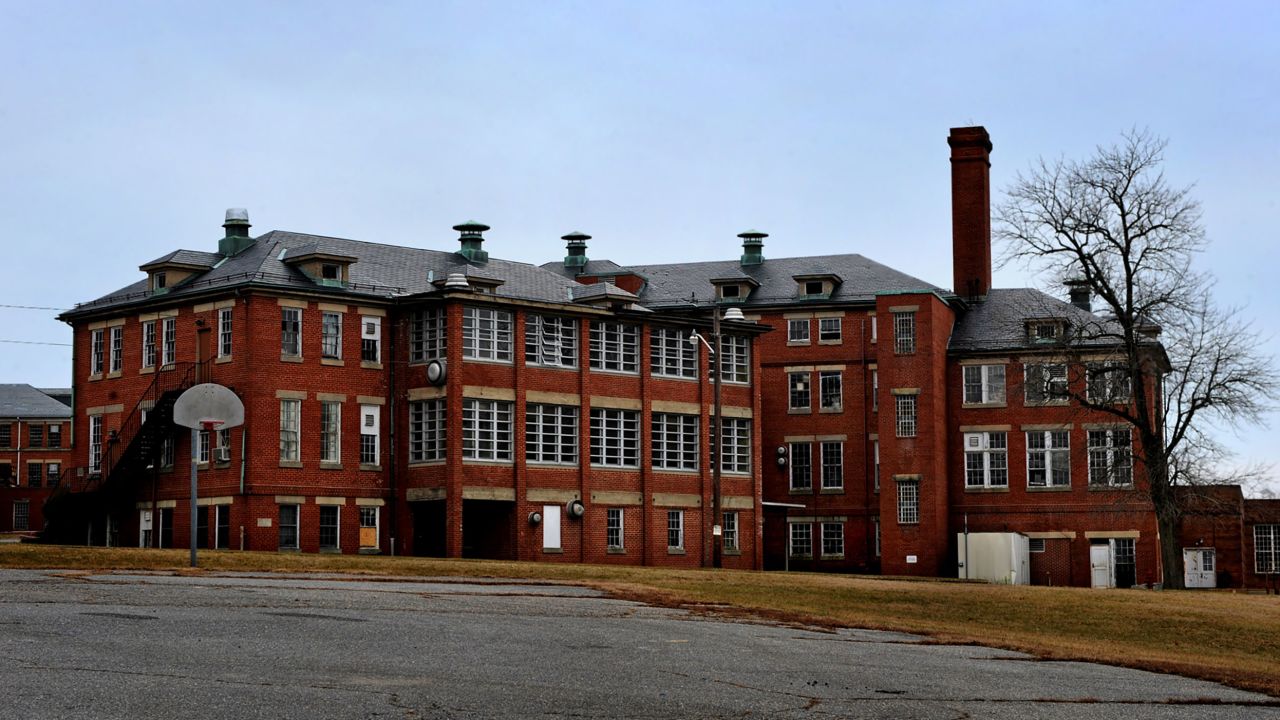
Someone moaned in agony in an adjacent room, while another person erupted in hysterical laughter. I was too nervous to sit, so I got up and started pacing.
A hospital orderly guided my mom into the room. That’s when our eyes locked, and she gave me the hug.
“Oh boy! Oh Boy!” she said, like a kid unwrapping a present on Christmas morning. “Hi, John. Hi, Pat. It’s so good to see you.”
We were standing in the waiting area of a mental institution. Our mother was a patient at a notorious facility called the Crownsville Hospital Center.
No one had told us that she had schizophrenia, a severe form of mental illness. We didn’t make that discovery until we saw her in that waiting room.
Withholding that information didn’t seem odd at the time. I was accustomed to people shielding me from details about my mom. I now know one of the reasons my family didn’t tell me about my mom’s illness is because they didn’t know how. Few people talked openly about mental illness in the early 1980s.
But something happened to me during that meeting that would help me answer a question I’ve asked myself since as long as I can remember:
How can you stop people from hating others because of their color?
Crownsville gave me my first clue. It was a cruel relic from an era where the mentally ill were treated as subhuman. The staff chained patients to beds and subjected others to medical experiments, such as injecting unwitting victims with malaria and hepatitis. When it was forced to close several years later, the building was used as the set for a horror movie.
I didn’t know any of this history, but I could feel the despair as soon as I entered Crownsville. I learned from my mom that day that she had been confined to that hellish place for years.
I vividly recall thinking as I looked at my mom: I didn’t know a White person could suffer like this.
Before that meeting, I had absorbed some of the hostility toward White people that was pervasive in my community. I didn’t think any White person could understand what it meant to suffer like Black people—to be ignored, brutalized, or treated with contempt for being born a certain way.
My mother crushed that assumption within 15 minutes of our first meeting.
As we prepared to leave, she looked at me and made a request. “Will you send me a St. Jude Prayer Book?”
I would later learn that my mother was a devout Irish Catholic. She took refuge in a world of rosaries, prayer books and supplications to saints. St. Jude was the patron saint of hopeless causes. She saw herself as a hopeless cause.
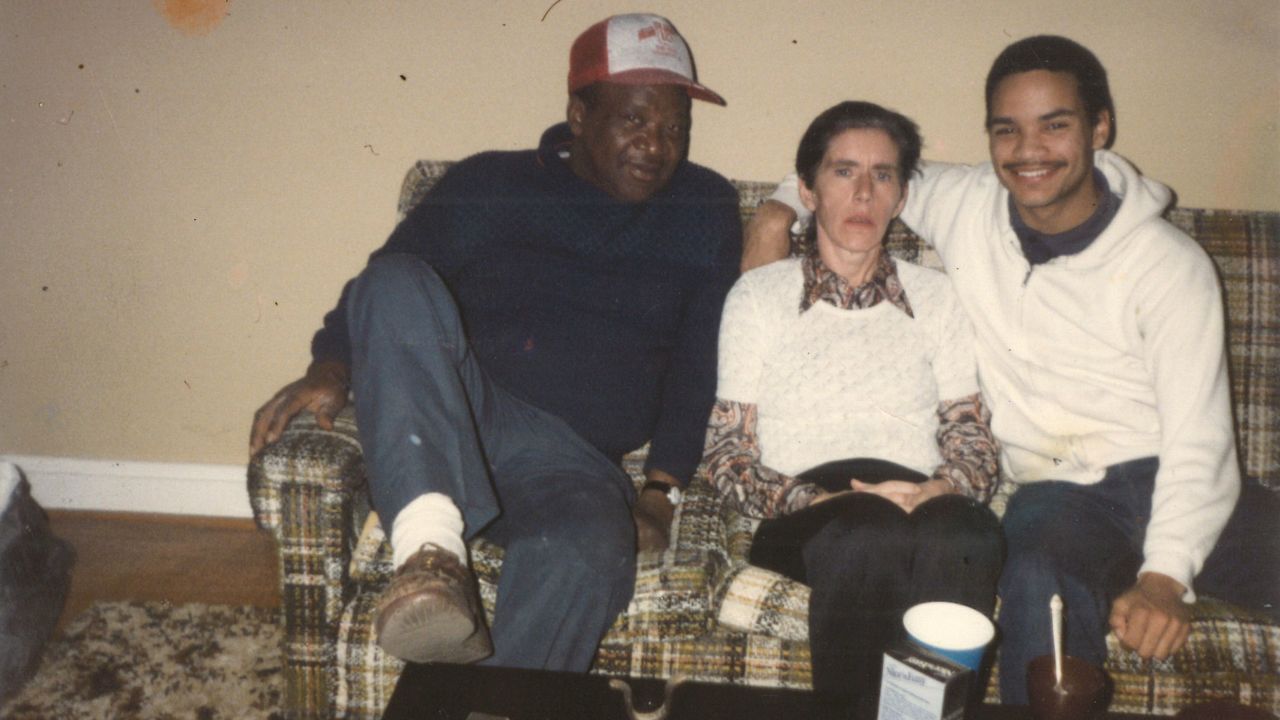
That meeting became a catalyst for a personal transformation. When I went off to college later that year, I became friends with White people for the first time. I joined a White evangelical church that championed interracial solidarity.
I saw White, Black, and brown people hug and call each other “brother” and “sister” after worship service. I sat in home Bible studies and held hands with White people while we prayed about our struggles. It marked the first time that I shared my fears and hopes with a White person.
Then something happened that reawakened my skepticism. I started to meet other members of my mother’s family. One stood out. She was my mother’s younger sister, Mary. She requested a meeting with me when I was in my mid-20s. It would have a direct bearing on how I would later see the George Floyd protests.
I didn’t want to meet her at first. I had heard stories from my father and other family members that explained her absence from my life in simple terms: They said she was a racist. Unlike my mom, she was not mentally ill. I thought she had no excuse for not contacting me when I was a boy.
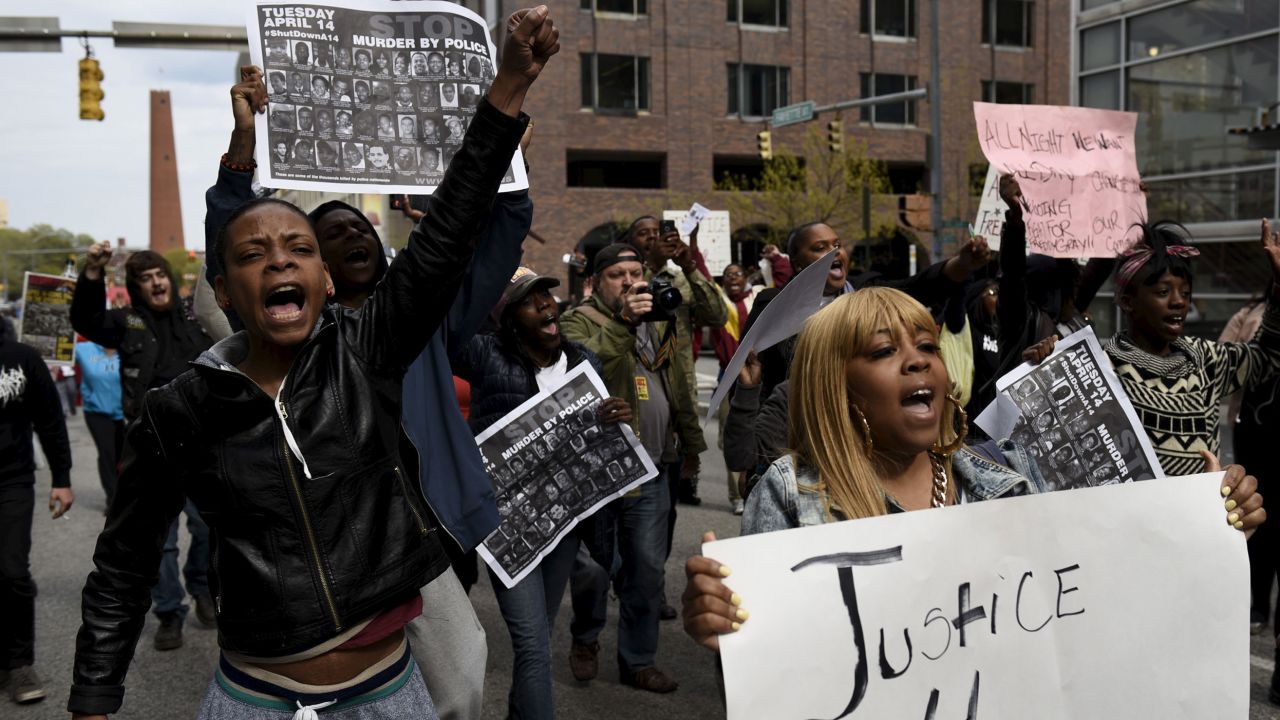
Even so, I accepted her request because I thought she wanted to apologize. Besides, I was curious.
We met and talked. No apology. We met again. No apology. We talked for years afterward, exchanging pleasantries, family history and photographs. Yet we never talked about difficult issues involving race.
One day, I finally asked her during a phone conversation: “Why didn’t you reach out to me when I was younger? Was it because I’m Black?”
There was silence on the other end of the line. Then she spoke in slow, measured tones.
“It wasn’t because you were Black,” she said. “It was because you weren’t Catholic.”
I said nothing, but I was boiling inside. I thought she was in denial.
I knew the history of my mother’s family, and her neighborhood.
When my father first began dating my mom in 1963, interracial marriage was illegal in much of the country. My mother came from an all-White, working-class community near downtown Baltimore that was known for its racism. My father couldn’t get a taxi driver to drop him off at my mother’s house because the cabbie feared the consequences of driving a Black man into that neighborhood.
When my father finally did visit my mom at her home, her dad assaulted him, called him the n-word and had him arrested. Aunt Mary’s claim that race had nothing to do with her absence from my life made no sense to me.
I stopped calling her after that. I had no interest in any more meetings. I resented putting in so much effort to understand people who wanted nothing to do with me.
My silent treatment led to this irony: After I became a journalist, I relished writing stories about racial reconciliation. But I wanted nothing to do with it when it came to the White members of my family – except for my mom.
Then something happened that I never saw coming. I experienced a racial reckoning — in, of all places, the paint section of a Lowe’s home improvement store.
About a year before the George Floyd protests, I went to Lowe’s one Saturday morning to buy paint for my backyard deck. Two Lowe’s employees sat beyond the counter. The White employee was on the phone while the Black one was free, not talking to any customer. I waited about five minutes until the White employee hung up, and then I ordered the color I wanted.
I took the paint home and shook my head in disgust as I poured the rainbow-colored gook into my paint tray. The White Lowe’s employee had not mixed the paint properly.
Then it hit me: I didn’t get the right color because I couldn’t see past color.
I hadn’t asked the Black employee for help because I subconsciously assumed the White one was more competent.
“Damn,” I thought. “I just racially profiled a Black man—and I’m Black!”
That moment humbled me. That same weekend, I did something I had never done before. Aunt Mary had mailed holiday and birthday cards to me over the years, but I stopped opening them after not hearing her apology. I went upstairs into my office, opened a plastic box where I kept many of her letters, and tore them open for the first time.
I felt like such a fool.
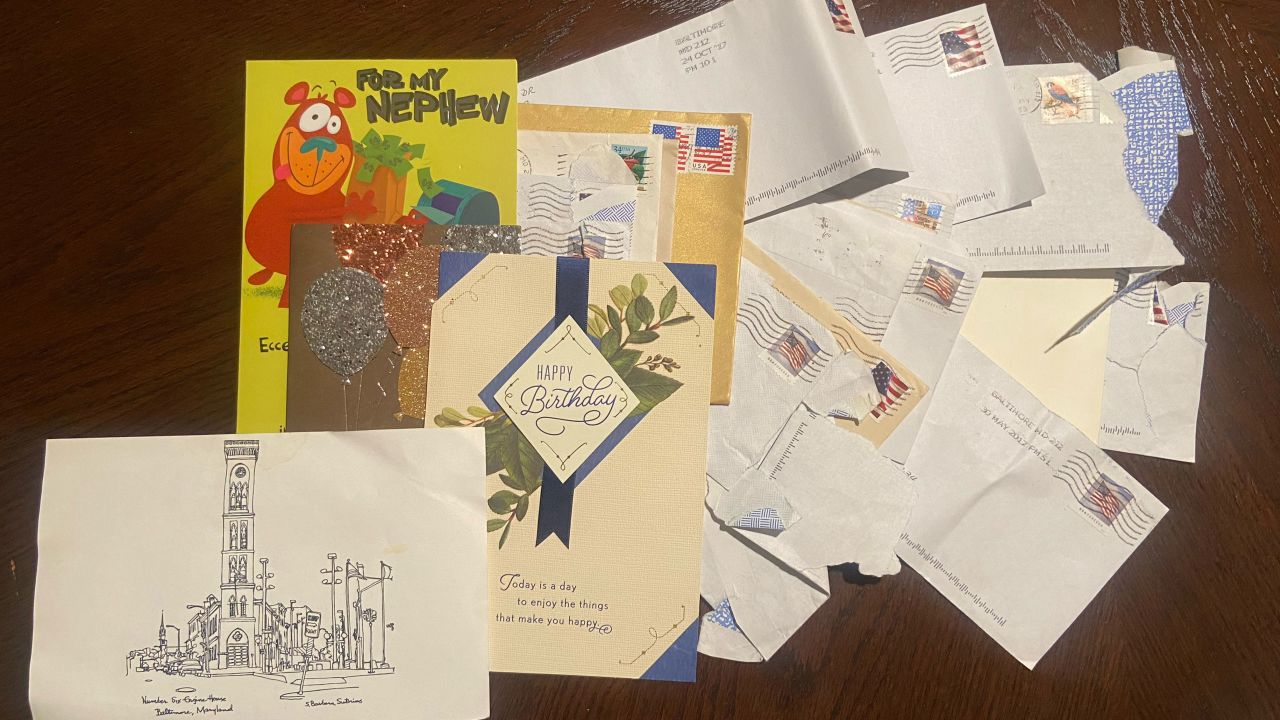
Everything I wanted to hear from my aunt was in those letters. She apologized for not contacting me or my younger brother, Patrick, when we were young. She confessed that she was ashamed to tell her friends that she had Black nephews. She said she grew up in a segregated, White world where she didn’t know any Black people, and asked for my understanding.
She said she attended all-White Catholic schools where teachers never even mentioned Jim Crow segregation or the Civil Rights Movement.
“I thought people who kept slaves were the only racists,” she wrote.
She also did more than apologize. She acknowledged my pain. She told me that I shouldn’t refrain from expressing any hatred or bitterness toward her because “I have very broad shoulders.”
“Believe me when I say I will understand any bitterness, loneliness, emptiness, or hatred you have had or still experience,” she wrote.
Her letters were leavened with a term I often heard in church: grace. She, like my mom, was a devout Catholic who talked constantly about the need to forgive and confront one’s shortcomings. All of her letters were packed with scriptures, prayer cards and other Catholic iconography.
“I will state that God, you, and Pat gave me a second chance,” she wrote.
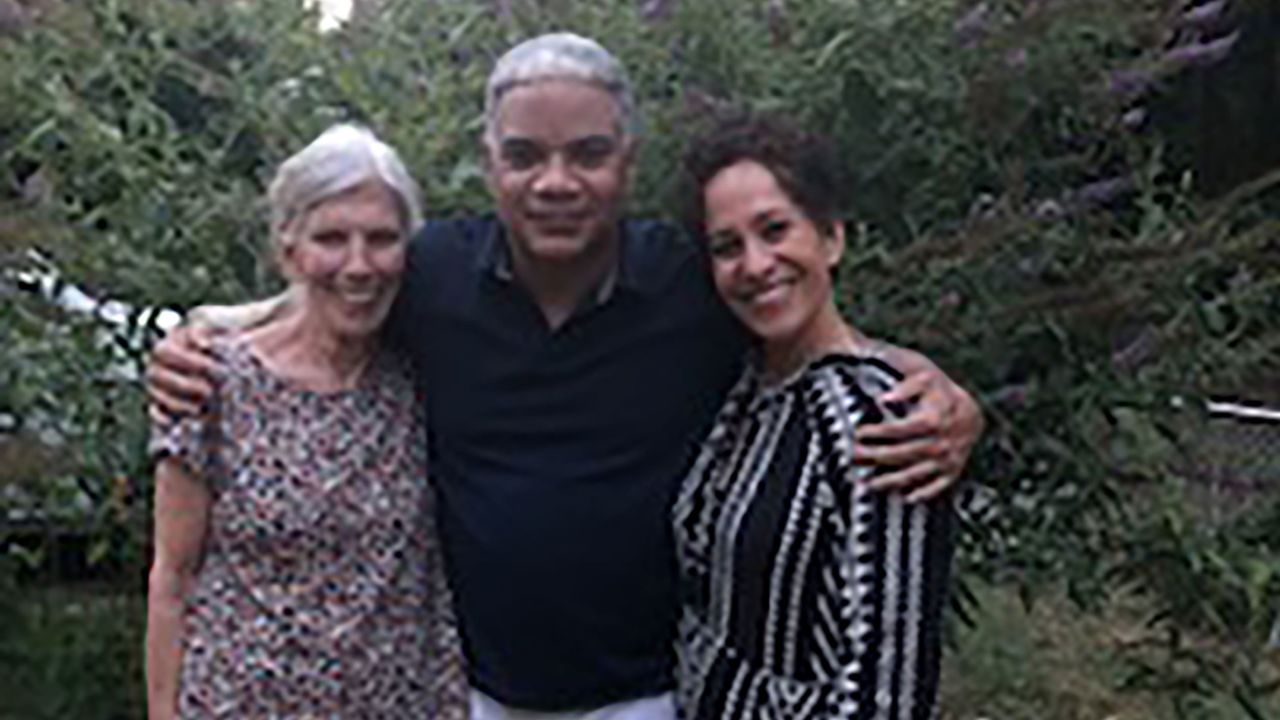
Our relationship changed after that. She called to talk about books like “White Fragility” and the Black Lives Matter movement. She asked me to handle her burial details if she passed before me and her husband. She mentioned one day that she had originally chosen to be buried next to my maternal grandfather but had changed her final resting place after discovering that the cemetery once didn’t accept Black people.
“That just didn’t sit right to me,” she told me.
And one day, I heard two words from her I never expected to hear. I had called her to apologize for forgetting to give her some information about my mother when she said:
“Oh, don’t worry about that. We’re family.”
We’re family?
How did this happen?
There’s no one answer to that question, because some of it rests with Aunt Mary’s character. But there’s another dynamic at play, and this is a crucial element that was missing from the aftermath of the George Floyd protests.
It’s called “contact theory.”
This is a term popularized by one of the 20th century’s greatest psychologists, Gordon W. Allport. A shy Harvard University professor, Allport challenged the notion that racist attitudes can’t be conquered in his classic 1954 book, “The Nature of Prejudice.”
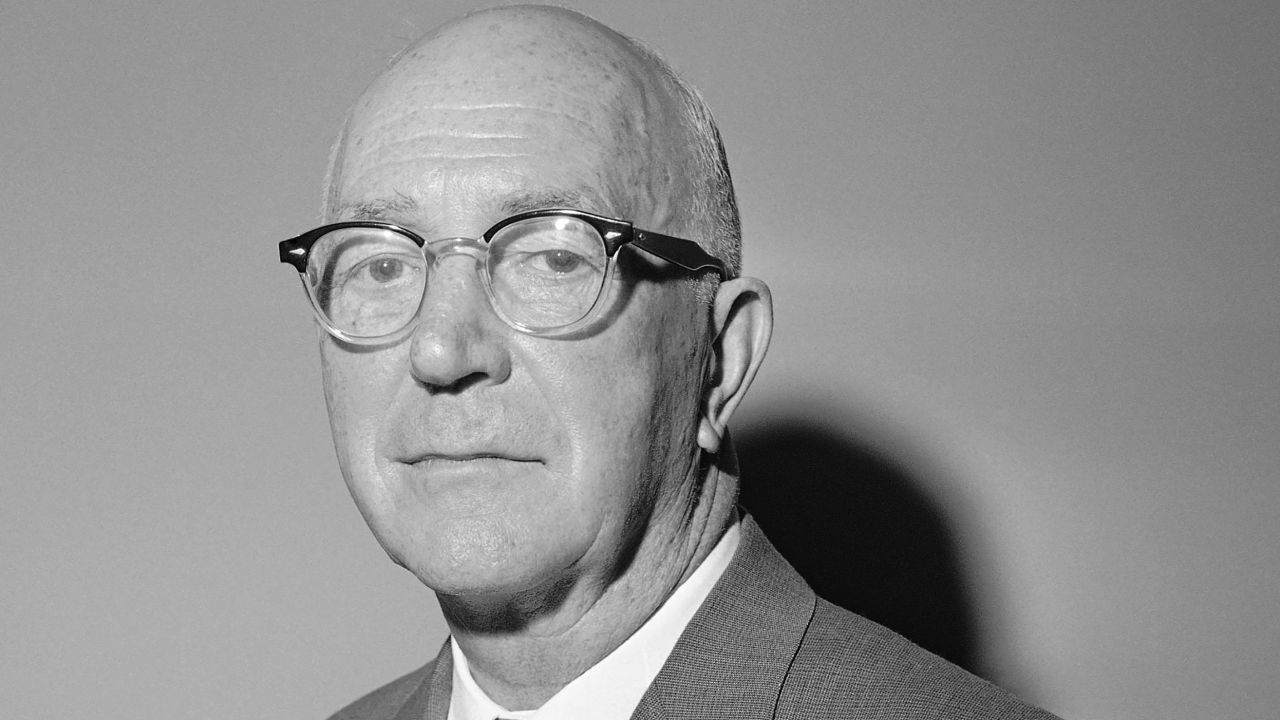
His research showed that racial prejudice tends to decline when different racial groups have sustained contact with one another under certain conditions – including sharing roughly equal status and belonging to a community that is working together on a common purpose that transcends race.
If that sounds abstract, consider the 2000 film “Remember the Titans.” Based on true events, it’s about a coach’s effort to integrate a high school football team in suburban Virginia during the early 1970s. The team’s White and Black players loathe one another at first, but their prejudices evaporate as they come together for a larger purpose: winning a championship. Cue the swelling music. That’s contact theory at work.
One of Allport’s key findings was that bringing White and non-White people together to talk about race had a limited impact. But getting them together for a larger purpose — a sports team, fighting alongside one another in the military, battling addiction in a 12-step program or even playing in a jazz band together —creates the best conditions for reducing racial prejudice.
Aunt Mary and I changed in part because some of these same dynamics were at work in our relationship. We were forced to share contact with one another over time because of a larger purpose that went beyond race: taking care of my mom.
My mom required constant visits from us to provide emotional support and make sure she was treated well by the caregivers who she lived with after Crownsville closed. As Aunt Mary and I built a relationship over the years, she gradually stopped being a category — a White woman — and became something else: family.
Allport’s theory offers tremendous hope because it has since been replicated in subsequent studies among religious and ethnic groups who share a history of mutual hostility.
But it also contradicts my training as a journalist. We venerate the power of facts. I assumed after George Floyd’s murder that if journalists kept presenting irrefutable evidence such as the Ahmaud Arbery video, citing history like the “Tulsa Race Massacre” and quoting authors dissecting racism’s role in forming America that a critical mass of White America would shift their racial attitudes.
Allport’s contact theory suggests that what reduces racial prejudice, though, is not more information. It’s sustained, intimate contact between White and Non-White people – he describes it as reaching “below the surface”— in mutual endeavors that have nothing to do with race.
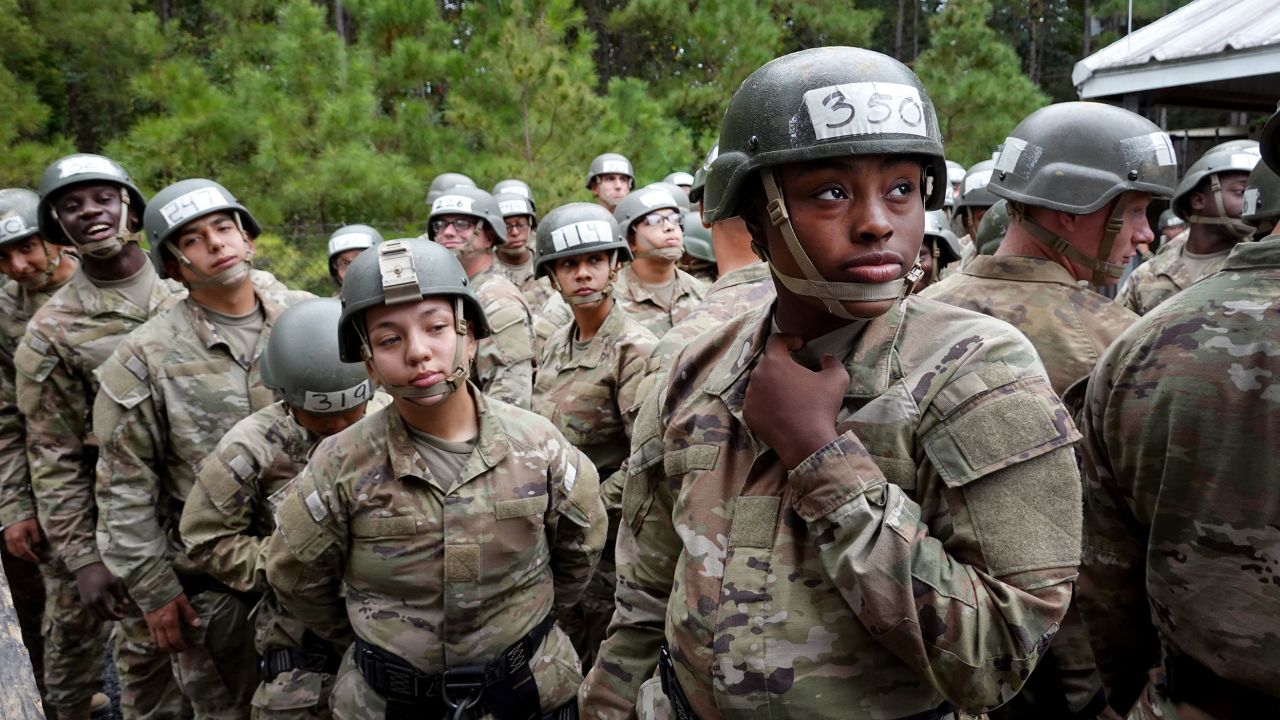
There are several reasons why the Floyd protests didn’t lead to transformational change. One was the well-organized White backlash over such “woke” issues as the teaching of critical race theory. But a bigger reason may have been this: After the protests died down, White and Black people largely returned to their segregated worlds.
“All of these White people on the front lines of these protests go back to their White neighborhoods and their overwhelmingly White and better schools,” said Hakeem Jefferson, a political scientist at Stanford University, when asked in 2020 about the protests. “They protest alongside them (Black people), but they don’t live alongside them.”
If the evidence for contact theory is so strong, why don’t more people talk about it?
Here’s a hard truth: There has never been a moment in this country’s history where a critical mass of White people displayed enough desire to live in close contact with Black people. Our neighborhoods, schools and communities of worship still remain largely segregated by race.
I’ve heard so many Black people say they are tired of chasing White people who flee their neighborhoods once a certain percentage of Black people move in. They’re tired of explaining racism to White people and watching every so-called racial reckoning become another dead end.
I struggle with that pessimism, too.
But then I think about what mother did.
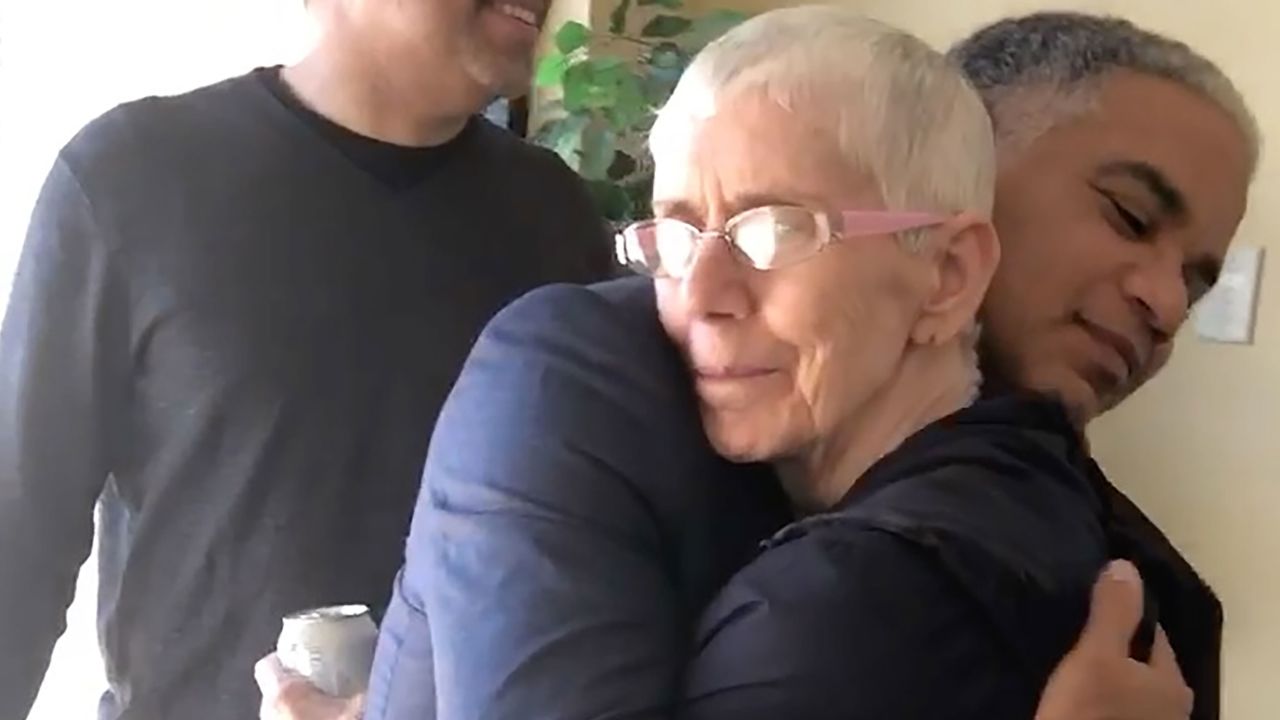
When my parents started dating in 1963, around 90% of Americans opposed interracial marriage. The US Supreme Court didn’t validate interracial marriage until 1967. My parents dated for three years, and it was a dangerous decision for both.
As I got to know my mother, I heard the stories. Police harassed my parents when they walked in public. Cab drivers refused to pick them up. People slowed their cars, did U-turns and drove past them again just to glare.
My mother gave as good as she got: She asked people, “What are you staring at?” She continued to defy her father. She was once arrested, she later admitted, for talking back to a police officer.
My father’s family was bewildered by my mother. They said she betrayed no nervousness or self-consciousness around Black people. They described her as “happy-go-lucky,” “witty,” someone who liked to sit on the porch with my father’s family smoking cigarettes and telling stories.
One member of my father’s family said my mother was an independent thinker.
“Some White people got a mind of their own,” he told me. “They don’t buy into this racism bullsh*t.”
I initially thought my mother’s behavior was influenced by the onset of her illness. But Aunt Mary said she had an egalitarian nature even as a girl.
My mother’s behavior wouldn’t stand out today. A 2021 Gallup poll revealed that approval for interracial marriage now stands at 94%, an all-time high that cuts across racial groups and political affiliations. Interracial marriages and biracial kids are so common now that we often don’t consider how this dramatic shift took place.
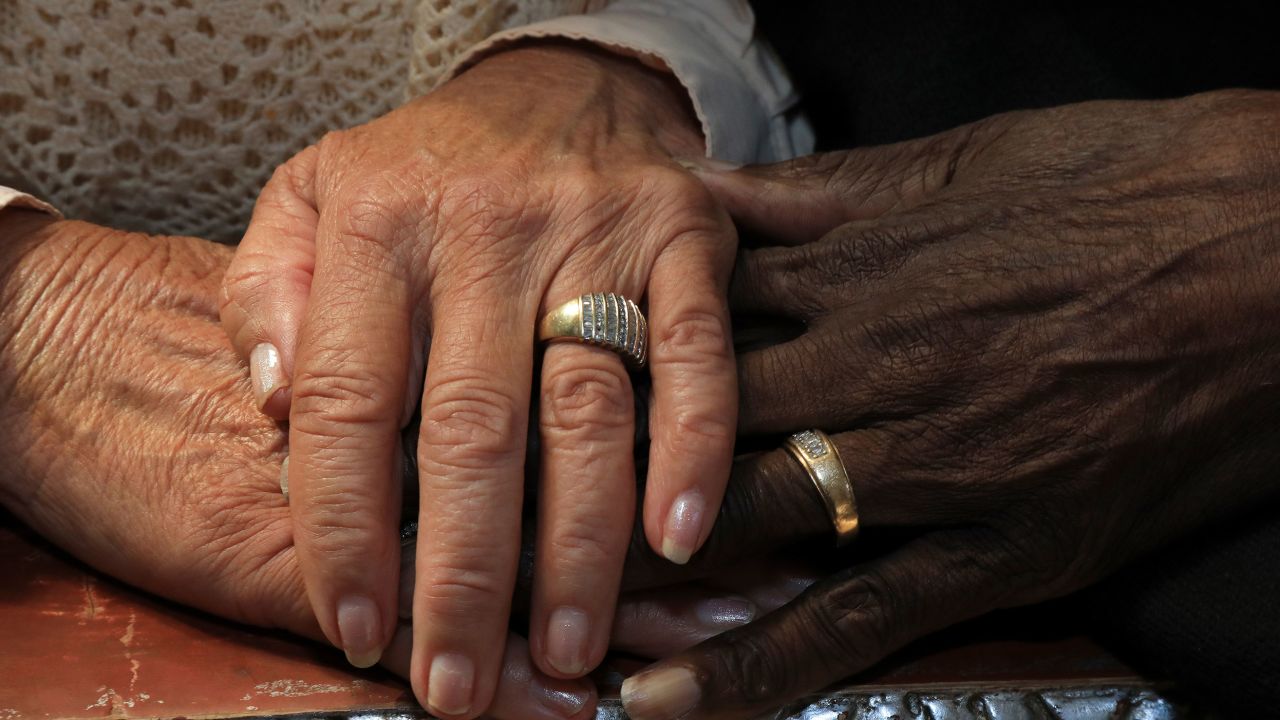
This shift took place because of what Eric Liu, an author and activist, calls a “contagion.” He said, “norms change before policy does.” And norms change when a critical mass of citizens act. They don’t wait for judges or politicians to decide.
That’s the same dynamic that made interracial marriage commonplace. My parents never married, but they were part of a vanguard of White and non-White Americans during the Jim Crow era who could imagine a different future, even if most of their contemporaries stayed tethered to the past. They created a new norm: love is love, regardless of skin color.
This is what my mother taught me:
You don’t have to be rich, smart or educated to change the country. She and other unheralded people helped create this new America where interracial marriage and biracial children are now commonplace.
I don’t want people to get the wrong message from my mom’s story. I’m not suggesting that if Black people hug the nearest White person, racism will disappear. Racism is also about power, not just personal feelings. As Frederick Douglass once said: “Power concedes nothing without a demand. It never did; and it never will.”
What I am suggesting is that cultivating interracial relationships and communities is also an indispensable part of fighting racism. I wonder if people forgot that during the George Floyd protests — and if we’re still forgetting it today.
We shouldn’t forget. Because whenever someone tries to establish a relationship with someone who seems different or joins a community where not everyone looks or thinks alike; they are sparking that good contagion.
When that happens, I’ve seen people — including me – change in ways I never imagined.
And if people can change, so can a country.
My mother wasn’t a hopeless cause. She had more power than she realized.
And so do we.
John Blake is a Senior Writer at CNN and the author of “More Than I Imagined: What a Black Man Discovered About the White Mother He Never Knew.”